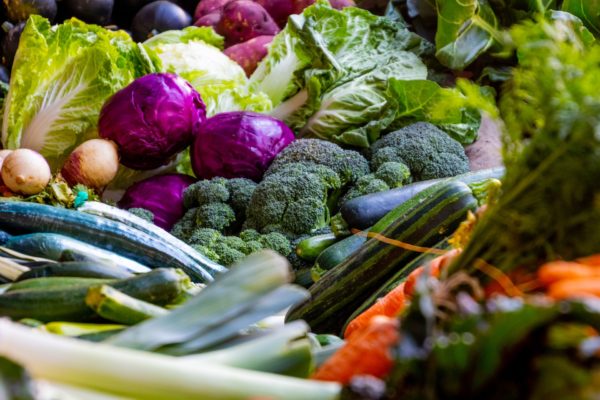
One of the most important fats, and one of the hardest to get, is Omega-3 fatty acid. Omega-3s are found primarily in green plants, nuts and seeds and products from those animals that eat these things. The problem is the standard American diet (SAD) is very low in Omega-3 and very high in Omega-6. Omega-6 is another essential fatty acid, meaning you must consume it since your body cannot make it. However it is readily available in grains, corn, and products from animals that eat grain and corn which make up the majority of the SAD. It is believed that the human body is designed for a 1-to-1 ratio of Omega-6 to Omega-3 however the average American has a ratio of 20 and even 30 to 1 with our heavily grain and corn-based diets and minimal intake of food sources that are green or that eat greens. Evidence suggests that this huge imbalance may be a key factor in the rise of numerous health-related issues from obesity, cardiovascular disease, diabetes and cancer to mood and attention disorders, Alzheimer’s, skin problems, arthritis, asthma, and osteoporosis, among others.
A quick biochemistry lesson: Omega-3 fatty acids are long-chain polyunsaturated fats that come in different lengths. The shorter length alpha-linolenic acid (ALA) is found in food sources such as walnuts, flax seeds, hemp seeds, beans, and dark, leafy green vegetables. The body partially converts ALA into 2 longer chain Omega-3s eicosapentaenoic acid (EPA) and docosahexanoic acid (DHA), that are much more potent and are the ones associated with disease prevention. However the conversion rate of ALA to EPA or DHA is very low, therefore it is more important to focus on consuming good sources of EPA and DHA, such as wild salmon (fresh, frozen and canned), herring, sardines, sablefish, anchovies, sustainably-fished tuna and halibut, farmed oysters and algae, rather than sources of ALA. A National Institute of Health (NIH) panel recommended up to 4000mg of omega-3 fatty acids from ALA or 1000mg of EPA/DHA per day.
Of course the food-processing industry is trying to cash in on the fact that Omega-3s are the ‘hot’ nutrition supplementthese days so they are coming up with ways to infusethese fats in every kind of product imaginable, howeverthese are typically in the form of ALA, so may be onlymarginally beneficial. Omega-3s can also be ingested insupplement form from fish, krill and cod liver oils. Strictvegetarians must get their omega-3s fromsources of ALA or can supplement DHA inthe form of algae-based oils. Back in the day when fish weren’t raised on farms, our cows actually ate grass, and chickens ategrass, seeds and insects, the products fromthese animals also contained omega-3s,however now that the vast majority of ourlivestock and much of our seafood is raisedon corn and grains, the products from these animals are higher in omega-6, therebycontributing to our imbalance of omega 3to omega 6. So seeking out sources of beefand raw milk from grass fed cows, free range chickensand eggs as well as wild, sustainably-gathered seafood can help put you on the road to better health.


